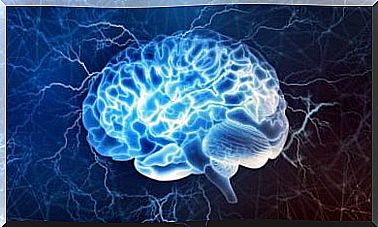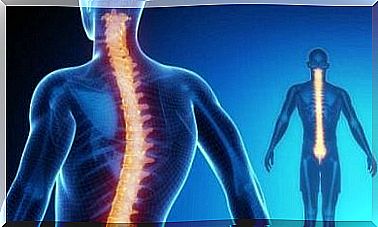John Sweller’s Cognitive Load Theory

John Sweller ‘s cognitive load theory suggests that people learn better under conditions that match the human cognitive architecture.
Cognitive load is related to the amount of information that working memory can store at one time. Working memory has a limited capacity.
According to Sweller, we must therefore use instructional methods to prevent the working memory from being overloaded. Additional activities that do not directly contribute to learning often result in working memory overload.
Based on this, Sweller created a theory in which he treats a combination of elements as the cognitive structures that form the basis of an individual’s knowledge.
He did this with the help of George Miller’s research on information processing. This research shows that short-term memory is limited in terms of the number of elements it can hold at the same time.
Sweller argued that good instructional design can reduce students’ cognitive load. Much later, other researchers developed a way to measure perceived psychological exertion, which indicates cognitive load.
However, one of the key points of John Sweller’s cognitive load theory is that a heavy cognitive load can negatively affect the completion of a task. In addition, not everyone experiences cognitive load in the same way.

John Sweller’s Cognitive Load Theory
Within cognitive psychology, cognitive load refers to the effort of working memory. Sweller designed this theory to provide guidelines that can aid in presenting information. His goal was to encourage student activities that optimize intellectual performance.
To do this, he looked at the content of long-term advanced structures that allow us to perceive, think about and solve problems.
These structures, also called schemata, allow us to treat multiple elements as one. Schemas thus form the basis of knowledge. We acquire them over a lifetime of learning. Schemas can even contain other schemas.
The difference between an expert and a novice is that a novice does not yet have the same schemas as an expert. Indeed, learning requires a change in the schematic structures of long-term memory, demonstrated by progressive performance.
This performance change occurs because, as we become more and more familiar with the material, the cognitive attributes associated with the material change so that working memory can process them more efficiently.
In order for the acquisition of schemata to take place, instructions must be designed to reduce the load on our working memory.
John Sweller’s cognitive load theory deals with techniques used to reduce the load on working memory. Thus, we facilitate the changes in long-term memory associated with the acquisition of schemata.
Principles of Sweller’s Cognitive Load Theory
The specific instructional design recommendations that John Sweller proposes in his cognitive load theory include:
- Change problem-solving methods by using problems without goals or solved examples. The goal is to avoid approaches that overload working memory.
- Eliminate working memory stress associated with the need to mentally integrate different information sources through the physical integration of those information sources.
- Eliminate working memory load associated with the unnecessary processing of repetitive information by reducing abundance.
- Increase working memory capacity by using auditory and visual information where both information sources are essential (not superfluous) to understand.
Key points of cognitive load theory
As we have seen, cognitive load theory refers to instructional design that reflects our cognitive architecture or the way we process information. During learning, the information must remain in working memory until it has been processed enough to be stored in long-term memory.
The cognitive load theory makes learning more effective with training methods which reflect this. These methods include:
- Measure experience and adapt instruction.
- Reduce the number of problems by dividing them and using partially completed problems and solved examples.
- Combine multiple sources of visual information where possible.
- Expand working memory capacity through visual and auditory channels.

Knowledge and critical thinking
One of the ideas put forward by cognitive load theory is that ‘knowing things’ is necessary in order to think critically about these things.
This also suggests that two of the main information processing activities (knowledge acquisition and problem solving) should be considered separately. Attention must first be paid to the schematics and then to problem solving.
In this sense, Sweller suggests that problem solving and domain knowledge are not proportional because of the way the brain works.
Solving problems takes up a ‘critical brain bandwidth’ that leaves less room to learn new things. This obviously has important implications for how teachers can design lessons, units and assessments.









